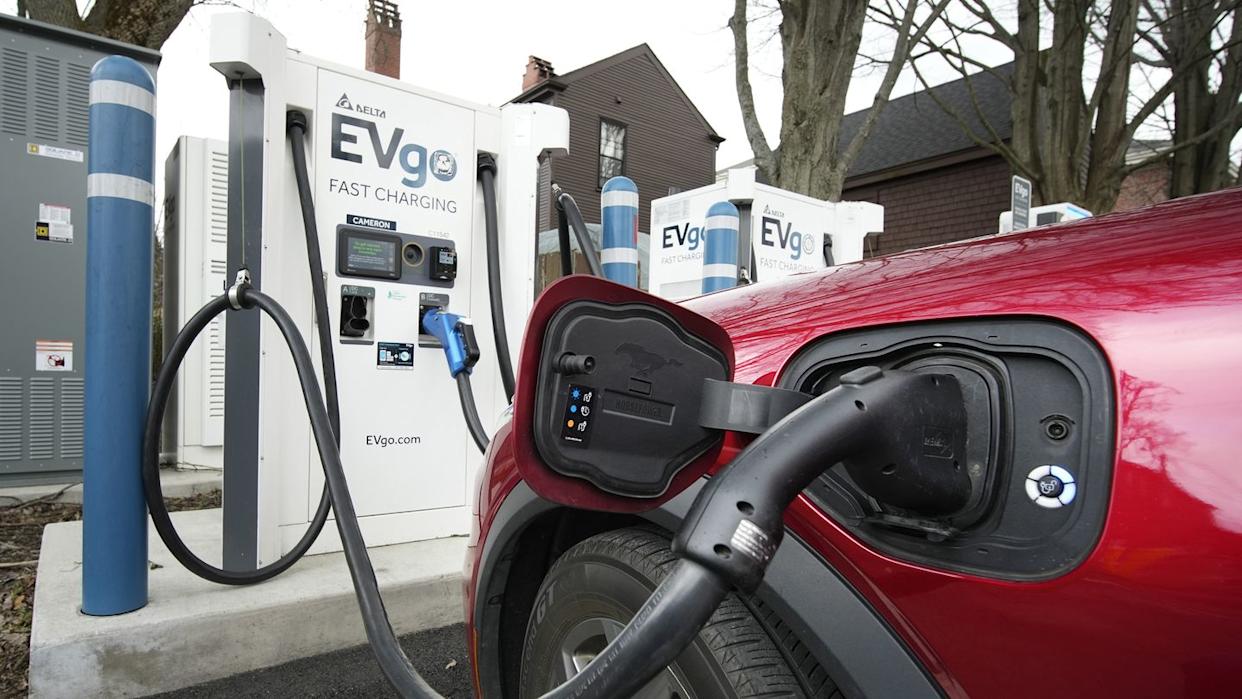
The path towards a future of greater electric vehicle charging infrastructure is increasing slowly but surely, as state- and federally-funded programs (the latter under some duress) continue to pump out road-side stations for the growing number of battery-powered vehicles on U.S. roads. But a group of researchers at the University of California, Los Angeles’s Fielding School of Public Health now claim that public fast charging stations aren't exactly pollution-free, either.
The study, titled "Fine particulate matter emissions from electric vehicle fast charging stations," dives deeper into the minutiae of an already-known health problem—brake dust and tire particles. Neither substance is particularly good to inhale, but the July 2025 study says the EV chargers only exacerbate the dangers of inhaling brake and tire particulates. Specifically, the study claims that these harmful particles are not only more present around EV chargers, but that the cooling fans at charging stations actually project brake dust and tire particles back into the air we breathe.
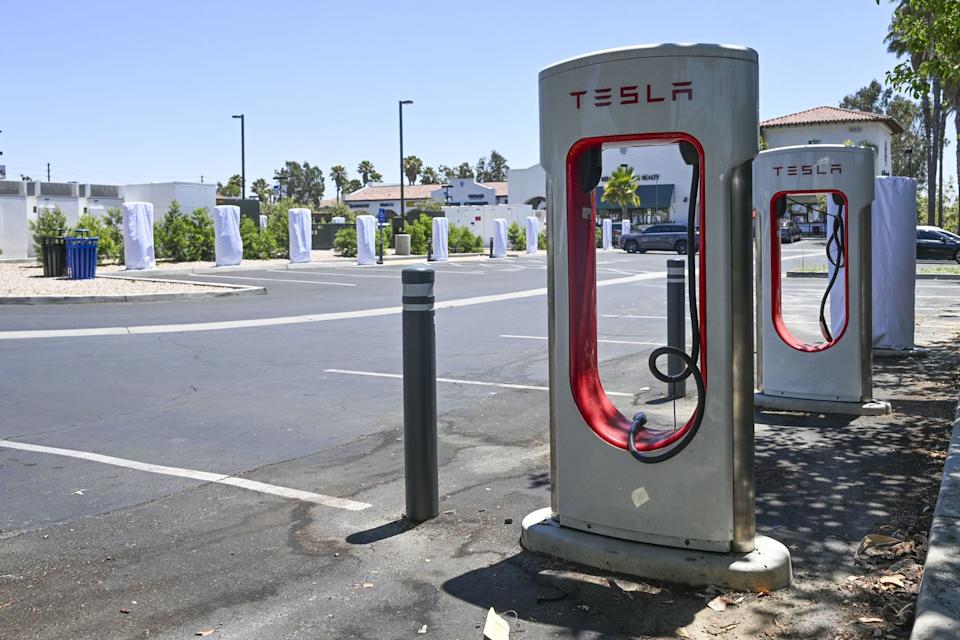
The group of researchers found that particle matter in the air near the 50 DC fast charger stations studied in Los Angeles, California, was at significantly higher levels than other urban background sites, and even at slightly higher levels than gas stations. Similarly, Los Angeles-area DC fast charging areas have a significantly higher particle matter concentration than the nearest EPA air quality monitoring sites. Air quality readings at almost half of the 50 EV chargers tested exceeded the 24-hour World Health Organization Global Air Quality Guidelines, as well.
Notably, the study says that these dormant particles are already found at a significantly higher rate near EV chargers, though the authors don't hypothesize as to why that is the case. Even so, there is some degree of industry consensus that electric vehicles wear tires at a much quicker rate than their gasoline-powered counterparts due to extreme curb weights and instant power delivery. A consumer bulletin from Michelin even recommends buying tires with a higher load capacity for heavier EVs, though the application of instantaneous torque likely also plays a significant role in the rapid creation of tire particles.
"In this study, we found that power cabinets at DCFC stations may emit PM2.5, revealing a previously overlooked source of air pollution within EV infrastructure. Although DCFC stations are intended to support EV adoption and reduce GHG emissions, our results suggest they may also pose localized air quality risks," the conclusion of the study reads.
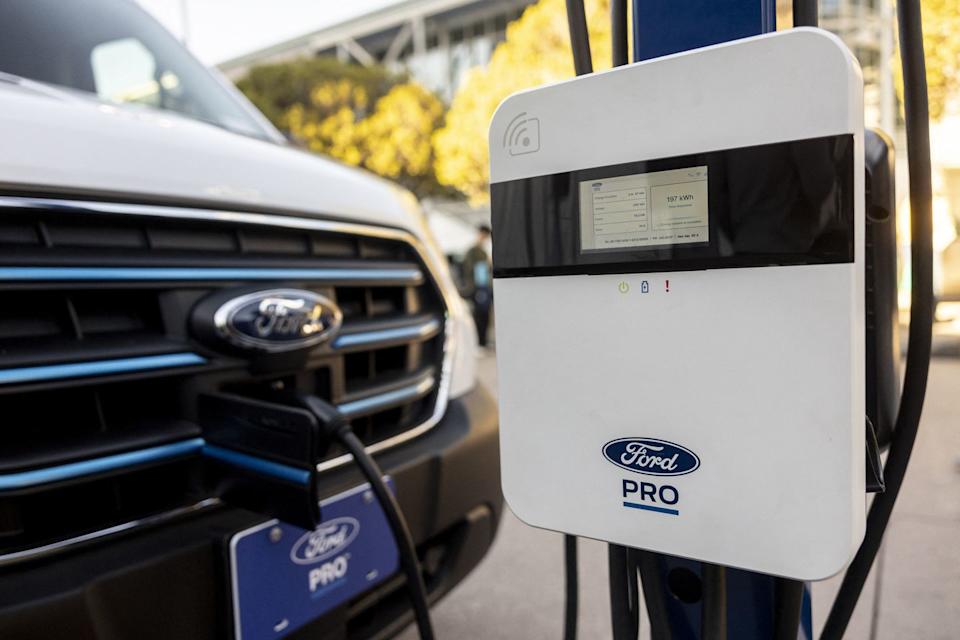
While various kinds of particle matter—pollen, tire particles, brake dust, and exhaust—occur naturally in the atmosphere, EV chargers pull all of these particles inside and then push them around the localized air when in use, as the fans that help keep temperatures in check during charging circulate the air. Unlike the pollutant danger posed by a mass of gasoline-powered cars idling, the study claims that air quality didn't decrease further when additional electric vehicles were charging. As a result, the study says that EV charging activity is only one of the "several factors influencing the observed particle emissions."
Real-time particulate matter mass concentration, particle size distribution, and other pollutants levels were taken into considering during the tests. Notably, the survey included 30 Tesla Superchargers, as well as chargers from Electrify America and EVgo. Eight traditional gas stations were also sampled to provide some level of fueling area pollution comparison, though pollution levels was somewhat lower at the surveyed gas stations.
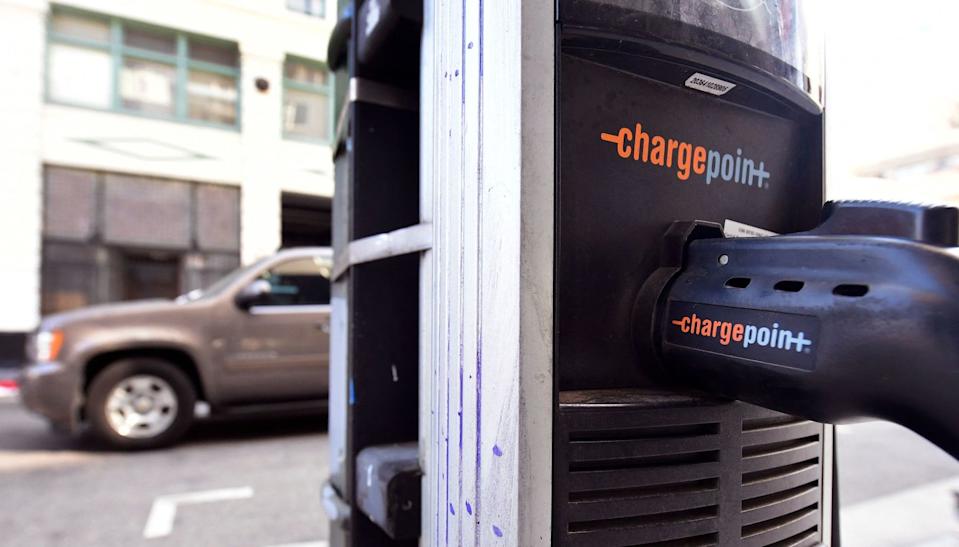
"Our research suggests that DCFC stations could be a notable source of particle resuspension, thus expanding the scope of sources considered in urban PM pollution studies," the study says. "Implementing regulations and engineering controls in the design and construction of future DCFC stations is crucial to effectively mitigate particle emission from power cabinets."
Now, this doesn't mean that EV chargers are fundamentally bad for the environment, nor does it require a complete overhaul of our current charging infrastructure. Instead, Yuan Yao, a co-author of the study, told Automotive News that making EV charging cleaner could be done with a simple filtered air intake. Some charging providers have already made these changes, as ChargePoint says it has a minimum height for the air's ingress and egress to limit the travel of harmful substances. Additionally, the study says that proximity to schools, nursing homes, and densely populated areas should be considered when building new EV charging stations.
You Might Also Like



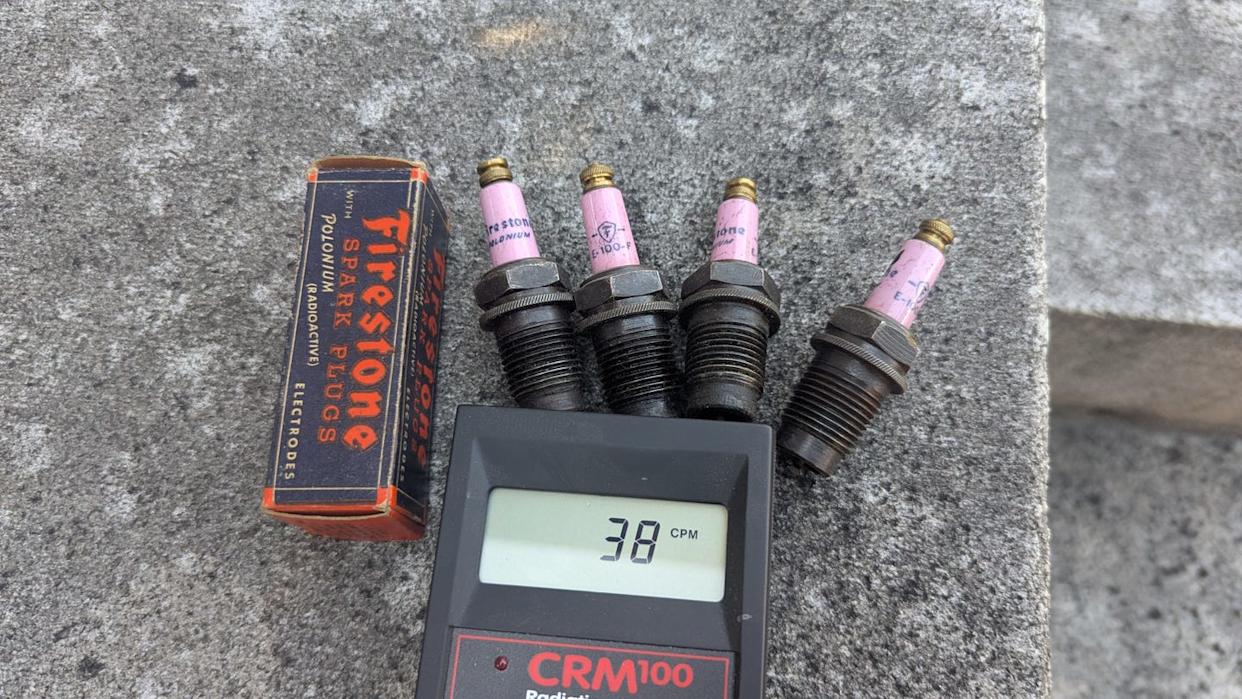
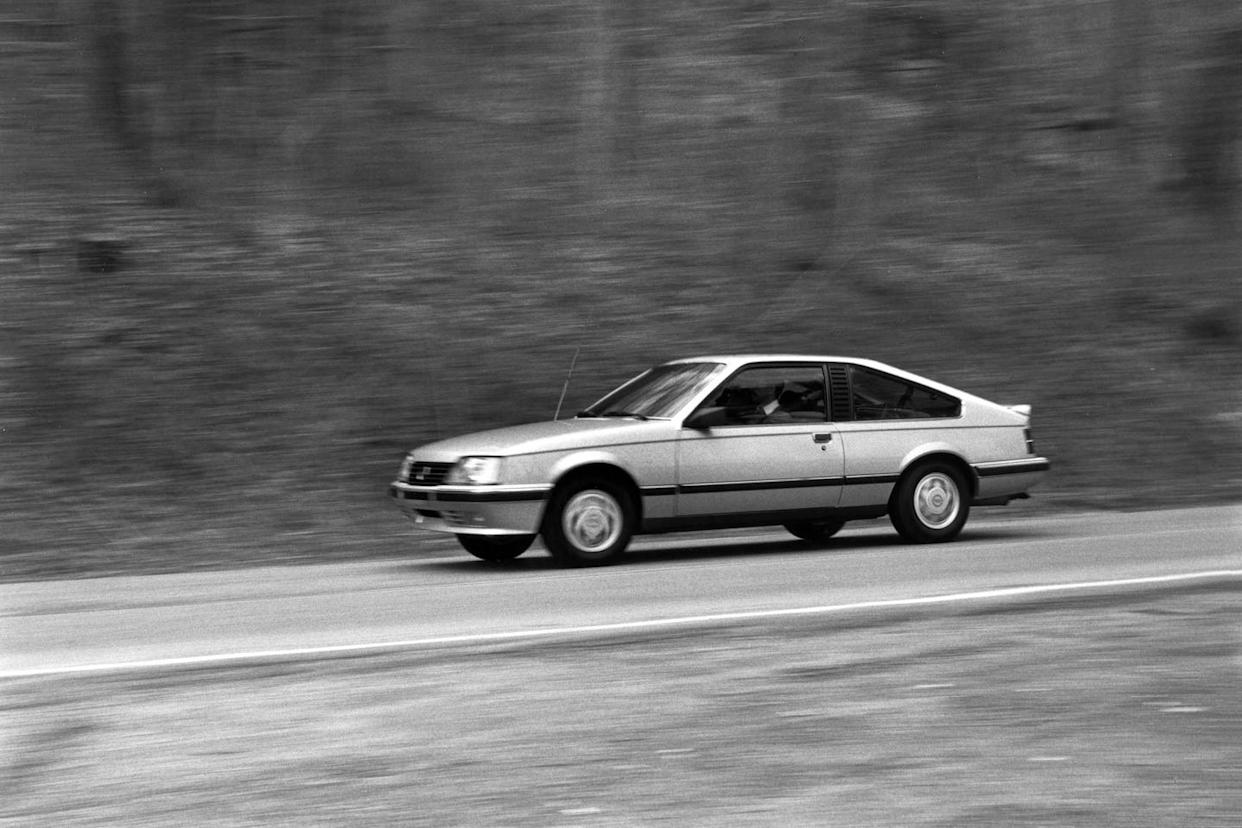



Comments